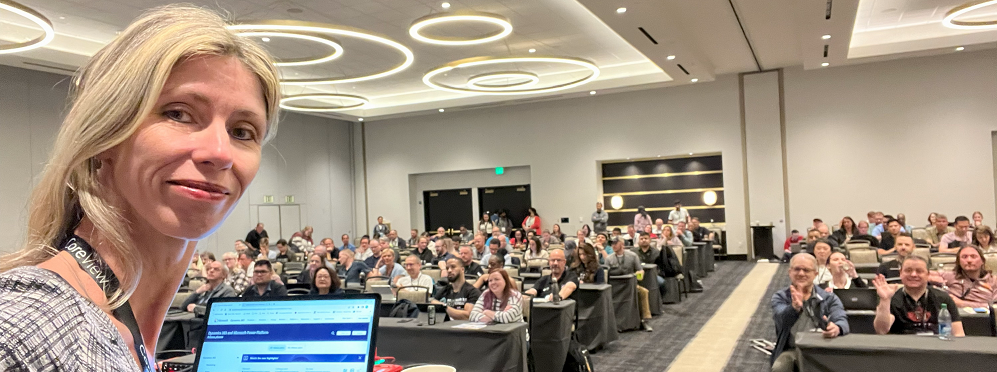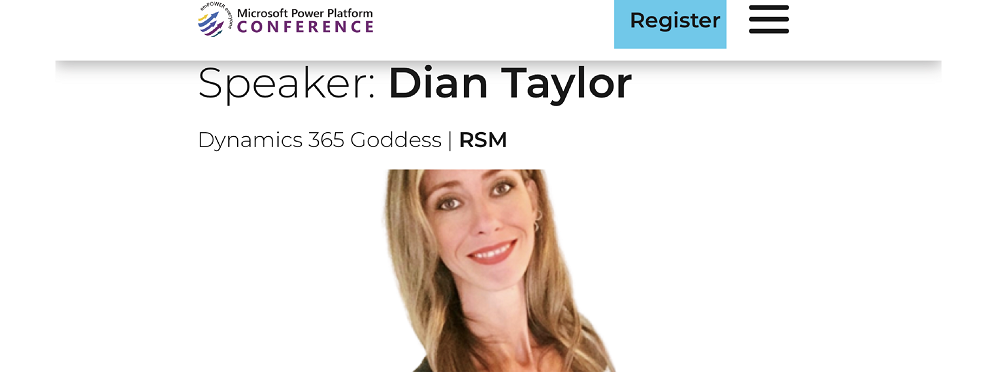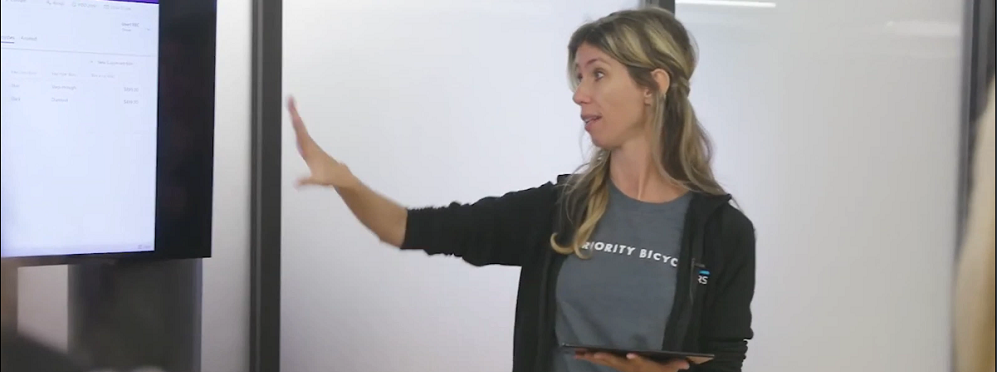Field Service Copilot – Outlook experience (preview)

I’m sure many of you have already heard about the preview of Field Service copilot that was announced by Microsoft a few days ago. We had to wait until August 11th (at least for the environments in the NA regions) to get access to this. If you are not familiar with Field Service Copilot and haven’t heard or seen any of the announcements, let me explain what this is. Field Service Copilot is yet another AI tool that workers can use from within applications that they are already familiar with, like Outlook and Microsoft Teams. NOTE: It also leverages integration with Viva Connections so that end-users can access work orders within Outlook and Teams. Just like we’ve seen with Sales and Customer Service Copilot, Copilot for Field Service is designed to streamline processes and make end-users more productive. Think about using copilot to create a work order from a customer email requesting service, or reviewing current work orders, or opening the schedule board, all from within Outlook! As I mentioned earlier, there is also a Field Service app that will live in Microsoft Teams, which I will discuss in next week’s article.
If you’ve seen some of the marketing content out there on Field Service Copilot, then you’ve probably seen the ability to schedule work orders from Outlook, but unfortunately that feature is not part of this preview. In this article I’ll discuss what IS included in this preview!
Installing Field Service for Outlook
When I went through the installation process of the outlook component, I was surprised that it was actually pretty easy. As mentioned above, to use Copilot for Field Service you’ll need to enable and configure the integration with Viva Connections as well, but it seems this is only needed if you’re planning to use the Field Service app in Teams. The first thing to note is that you’ll need to have an outlook license and a user license for Dynamics 365 Field Service in order to use this. If you’re planning to install the app in the Outlook client, make sure you have Outlook 2013 or later (windows or MAC). To install the ‘Dynamics 365 Field Service for Outlook (Preview)‘ app, all you have to do is open outlook and navigate to ‘Manage add-ins’. If you’re doing this from Outlook, you will need to click on ‘File’ from where you can then click on the ‘Manage add-ons’ button. If you’re using Outlook on the web, you’ll need to open an email and click on the ‘+ Get add-ins’ icon on the left side of the screen. If you don’t see it, try clicking on the three dots on the top right of the message, you should see it on the fly-out menu.

This will take you to the ‘Add-ins for Outlook’ page on OWA. From here you can search for the ‘Dynamics 365 Field Service for Outlook (Preview)‘ app, click on the app and install it in Outlook by clicking on the ‘Add’ button on the screen. After you click the ‘Add’ button, a new screen comes up showing you how you can launch the Dynamics 365 Field Service app from within outlook. Just like you’ve probably seen with the Dynamics 365 app for outlook, or Viva Sales, there will be a button visible when you open an email, allowing you to open the app when clicking the button.
Once the app has been added you will see this on the pop-up window. If at any time you want to remove the app for outlook, you can do this in the same way, instead of installing it, you’ll see a ‘Remove’ button on the pop-up window. Once the app has been installed you can close the pop-up window.
To access the ‘Dynamics 365 Field Service for Outlook (Preview)‘ app, open an email and click on the Field Service icon on the top right of the message. This will open a side pane in outlook, asking you to sign in to get started with the app. Clicking on the ‘sign in to get started’ button will show the ‘Sign into Dynamics 365 button’. Once this button is clicked, you’ll need to select the environment you want to connect to. Once you selected the environment, click ‘Get Started’ to access the app.
You’ll notice two tabs on the top of the Dynamics 365 Field Service for Outlook (Preview) app, one is called Copilot and the other is called work orders. The work orders tab allows you to view the work orders in the environment. When you click on a work order from the list, you’ll be able to review and edit the work order and there is a direct link to open the schedule board in Dynamics 365 Field Service. NOTE: The form that loads in the app is currently not configurable, which means we can’t add or remove fields at this time, but I am hoping this will come at a later stage. You can also manually create a new work order from the ‘Work Orders’ tab, by clicking on the ‘+’ button at the top.
Field Service Copilot
The Copilot tab is the other tab in the Field Service app, and this is where the magic happens! You’ll notice one suggested action that reads: ‘Improve the efficiency of work order management with the help of copilot‘.

Clicking on the ‘Create a work order from email’ button will use AI to automatically generate a work order based on the content of an email! When the button is clicked, you’ll notice Copilot automatically populates data from the email in the work order form in the app. Columns like priority, service account, work order type, pricelist, and description were all populated when I tried this out. The incident type was not populated, but I can live with that. Since the data is populated by AI, please make sure to review the data that has been entered before saving the work order.
One thing to note is that the ‘Responsible contact’ column is not automatically populated on the work order, which was a bit surprising to me. After the work order is saved, you’ll notice the service address on the bottom of the work order, and you’ll see the customer contact (and their contact details) below the address. This is pointing to the primary contact on the service account, and NOT the person who initiated the work order. Another thing I noticed is that the work location field is not on the work order form in the Field service app, which is something we need if we’re creating work orders that are performed at a facility. All and all I think the experience is pretty good to start with, and I can’t wait to see additional functionality, like the ability to schedule the work order directly from within outlook!
Restrictions and limitations
There are a few restrictions and limitations you should be aware of while trying out this preview feature. First of all, non-English summaries are not supported during work order creation while using Copilot for Field Service. Another thing to note is that even when I tested the functionality in my environment, and most of the columns were populated, this might not always happen. Lastly, the content of the email shouldn’t exceed 15788 characters.
I hope you enjoyed reading this article! Be sure to check in again next week when I dive into the Dynamics 365 Field Service app for Microsoft Teams or subscribe here to never miss another post!












Comments are Closed